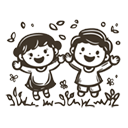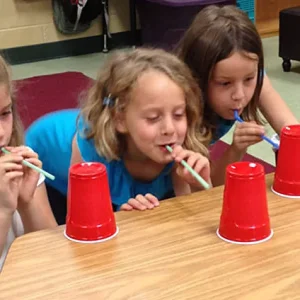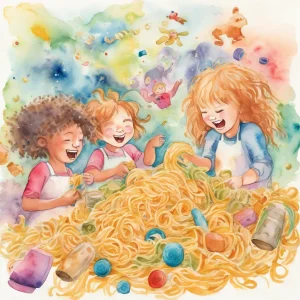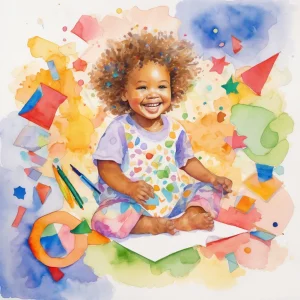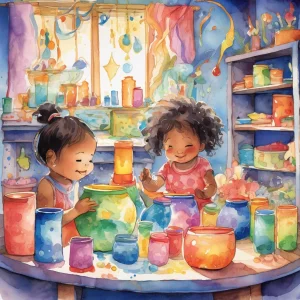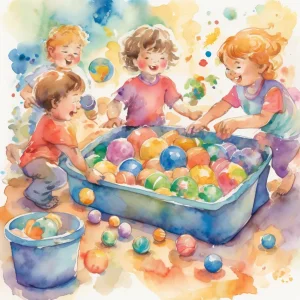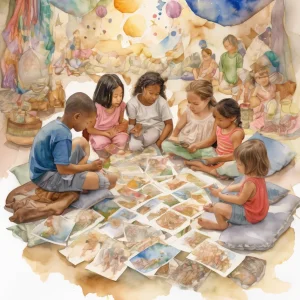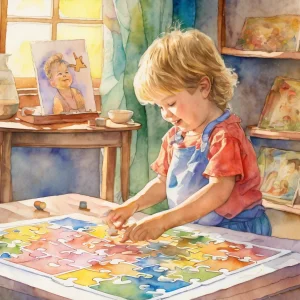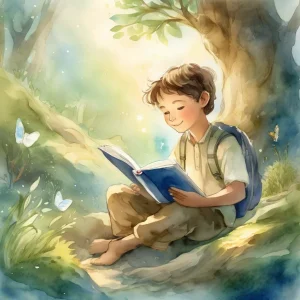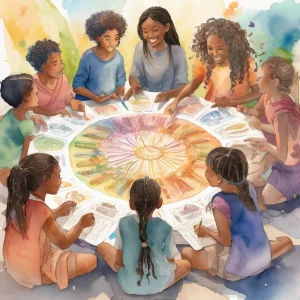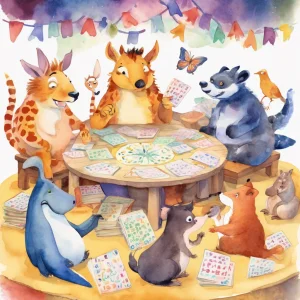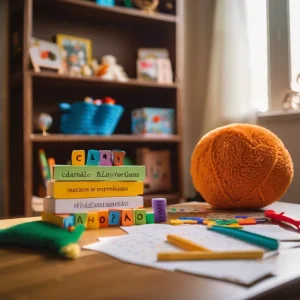Activity
Similar Activities
Enchanted Nature-Based Storytelling Adventure
Children’s Age: 0 month – 6 years
Activity Duration: 5 – 10 minutes
Let's have fun with Nature-Based Storytelling! Find a cozy outdoor spot, lay down a blanket, and bring a basket for collecting leaves and stones. Sit with your child, explore natur…
Activity Duration: 5 – 10 minutes
Whimsical Cup Blow Race for Kids
Children’s Age: 4–6 years
Activity Duration: 5 – 10 minutes
The Cup Race Challenge activity is designed to boost teamwork, fine motor skills, and problem-solving in children. You'll need plastic cups, straws, a table, and masking tape to cr…
Activity Duration: 5 – 10 minutes
Magical Sensory Adventures: Exploring Sensory Bins
Children’s Age: 1.5–2 years
Activity Duration: 10 minutes
Explore the "Exploring Sensory Bins" activity designed for children aged 18 to 24 months to boost play skills through tactile experiences. Gather materials like rice, toys, and sco…
Activity Duration: 10 minutes
Rainbow Shapes: The Creative Color Matching Game
Children’s Age: 3–4 years
Activity Duration: 5 – 20 minutes
The Creative Color Matching Game is an engaging activity designed for children aged 36 to 48 months. It aims to boost color recognition, fine motor skills, and language development…
Activity Duration: 5 – 20 minutes
Colorful Sorting Fun: Exploring Colors and Shapes
Children’s Age: 1.5–2 years
Activity Duration: 5 – 10 minutes
"Colorful Sorting Fun" is an engaging activity designed for children aged 18 to 24 months to boost their fine motor skills, cognitive abilities, and color recognition. Prepare colo…
Activity Duration: 5 – 10 minutes
Sports Sorting Game - Athletic Vocabulary Adventure
Children’s Age: 2–2.5 years
Activity Duration: 5 – 15 minutes
The "Sports Sorting Game" activity is designed for children aged 24 to 30 months to boost language and adaptive skills. Set up by collecting sports items, containers, and creating …
Activity Duration: 5 – 15 minutes
Cultural Collage Fun: Exploring Diversity Through Art
Children’s Age: 2–3 years
Activity Duration: 15 minutes
"Cultural Collage Fun" is a creative activity designed for children aged 24 to 36 months to develop play skills, cultural awareness, and communication abilities. With magazines, ch…
Activity Duration: 15 minutes
Whispers of Love: Family and Friends Puzzle Match
Children’s Age: 3–4 years
Activity Duration: 10 minutes
"Family and Friends Puzzle Match" is designed for children aged 36 to 48 months to boost self-care skills, language development, and comprehension of family and friendship concepts…
Activity Duration: 10 minutes
Nature's Tongues: Exploring Nature in Different Languages
Children’s Age: 4–6 years
Activity Duration: 15 – 20 minutes
Explore Nature in Different Languages is an engaging activity that boosts children's language and academic skills by immersing them in nature through multiple languages. Children w…
Activity Duration: 15 – 20 minutes
Empathy Tales: Cultural Storytelling and Communication
Children’s Age: 11–15 years
Activity Duration: 35 – 40 minutes
Explore the "Cultural Storytelling and Communication" activity for children aged 11 to 15, promoting empathy and language skills through diverse cultural stories. Gather picture bo…
Activity Duration: 35 – 40 minutes
Enchanted Nature Discovery: Sensory Nature Exploration
Children’s Age: 1.5–2 years
Activity Duration: 10 – 15 minutes
Engage your 12 to 18-month-old in the Sensory Nature Exploration activity, fostering their sensory development through natural exploration. Set up a sensory bin with sand or water,…
Activity Duration: 10 – 15 minutes
Magical Math Journey: Sensory Math Storytime Adventure
Children’s Age: 2–3 years
Activity Duration: 10 – 30 minutes
Let's embark on the "Sensory Math Storytime" adventure! This activity blends sensory exploration, storytelling, and basic math to make learning engaging for children. You'll need t…
Activity Duration: 10 – 30 minutes


